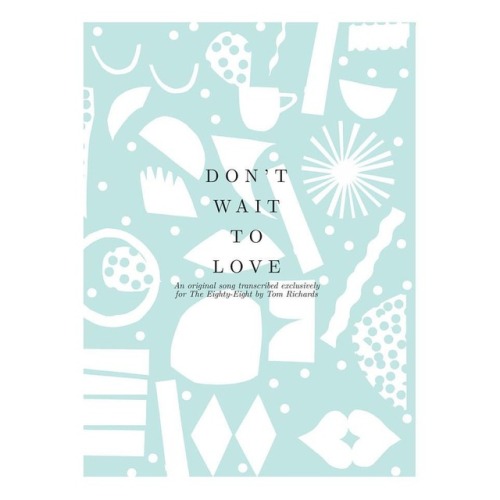#sheetmusic
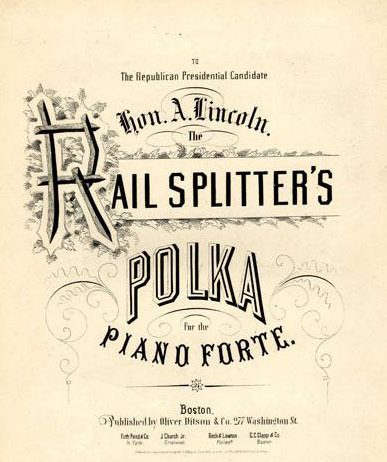
Though the word “polka” brings forth images of accordions, lederhosen, and Oktoberfest, in the 1860’s, polka was a new music trend that was taking Europe and the U.S. by storm. What had started as a folk dance from Bohemia (modern-day Czech Republic) quickly spread across Europe due to the printing of sheet music in the 193o’s. The ability to record the music and share it via sheet music allowed for polka to travel to bands all across Europe. Eventually, the upper classes within the U.S. began to enjoy the new sound from Bohemia. With the influx of immigrants to the U.S. during this period, it’s no surprise that many of them brought along instruments and continued to play music that reminded them of home.
As is true with most songs, the ability to dance as well; and the subject of the music are vitally important. It is of no surprise that many songs have well-known individuals as their topic. The Lincoln Collection has a few polka pieces, generally centered on the 1860 Presidential election. With all the parades, conventions, and speeches, having music to show the prowess and candidacy of someone within the party could be a helpful (and entertaining) push to victory.
For example, “The Rail Splitters Polka” by A. Neuman is one such instrumental polka that focuses around young Lincoln and his “railsplitter” persona.

Another example of a Lincoln-related polka is one by the same name as above, the “Rail Splitters Polka” by Harry L. Tatnall.


Lincoln was not the only candidate that had his own polka music. In 1860, the “Douglas Polka” was written and published by J. Church Jr. about Stephen Douglas, who was on the Northern Democratic ticket for the presidency.

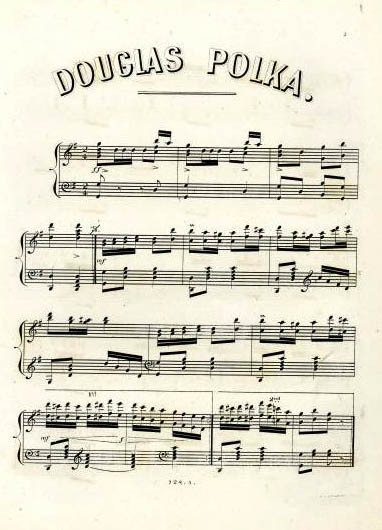
Conventions weren’t the only reason for polka music. Music was composed about events going on, including Sanitary Fairs that were held to raise funds for the United States Sanitary Commission. These uplifting and recognizable sounding songs were both played at the conventions and had their sheet music available afterwards for continued revelry.

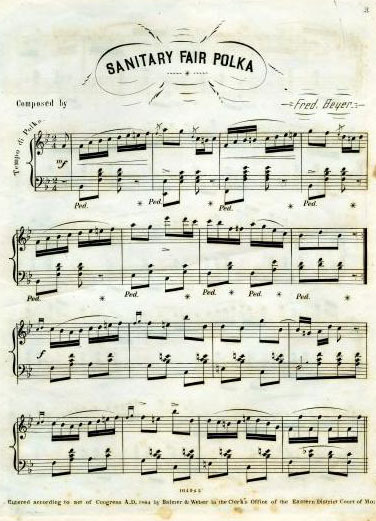
Some polka pieces actually focused on plays that were popular during the day. One is “Our American Cousin Polka”, based on the crowd-pleasing comedy by Tom Taylor. Using popular culture to inform the focus of music, including polka, was not unusual and could also be incorporated in the performances themselves.
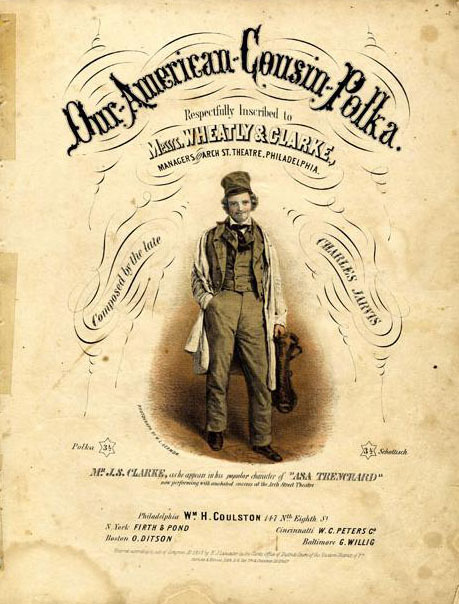

One of the more interesting polka pieces in the Lincoln Collection is one named after Lincoln’s wife: The Mary Todd Lincoln polka. Mary was often criticized for her clothing, decorating, and celebration in a time of warfare (she would have been criticized had she not done any of the aforementioned things, though). With the upcoming White House Ball in February of 1862, Lincoln enlisted Francis M. Scala, the leader of the Marine band, to play at the reception.

One of the songs played that night was the “Mary Todd Lincoln Polka.” The sheet music was hidden within the Lincoln Collection, and you can hear the full music here: http://contentdm.acpl.lib.in.us/digital/collection/p15155coll1/id/2343/rec/1
I… did a thing~
Face My Fears (piano version)
Composed by @kuma_power , @poobear, @Skrillex
Arranged by @daviddpeacock
www.daviddpeacock.com/face-my-fears-piano-version for the rest of the track
Play the sheet music, if you dare!
#kh3 #KingdomHearts #HikaruUtada #sheetmusic #vgm #piano
https://www.instagram.com/p/BtoTnDTBnUC/?utm_source=ig_tumblr_share&igshid=3at7nw2kh6hz
Don’t wait to love ⏳ my first commission fresh out of uni, for The 88 Journal. I don’t want to think about how long ago this was. AD by @katemonumentdesign #the88journal #jamiecullum #sheetmusic #pattern #collage #liedirkx #papercuts (at London, United Kingdom)
Post link

